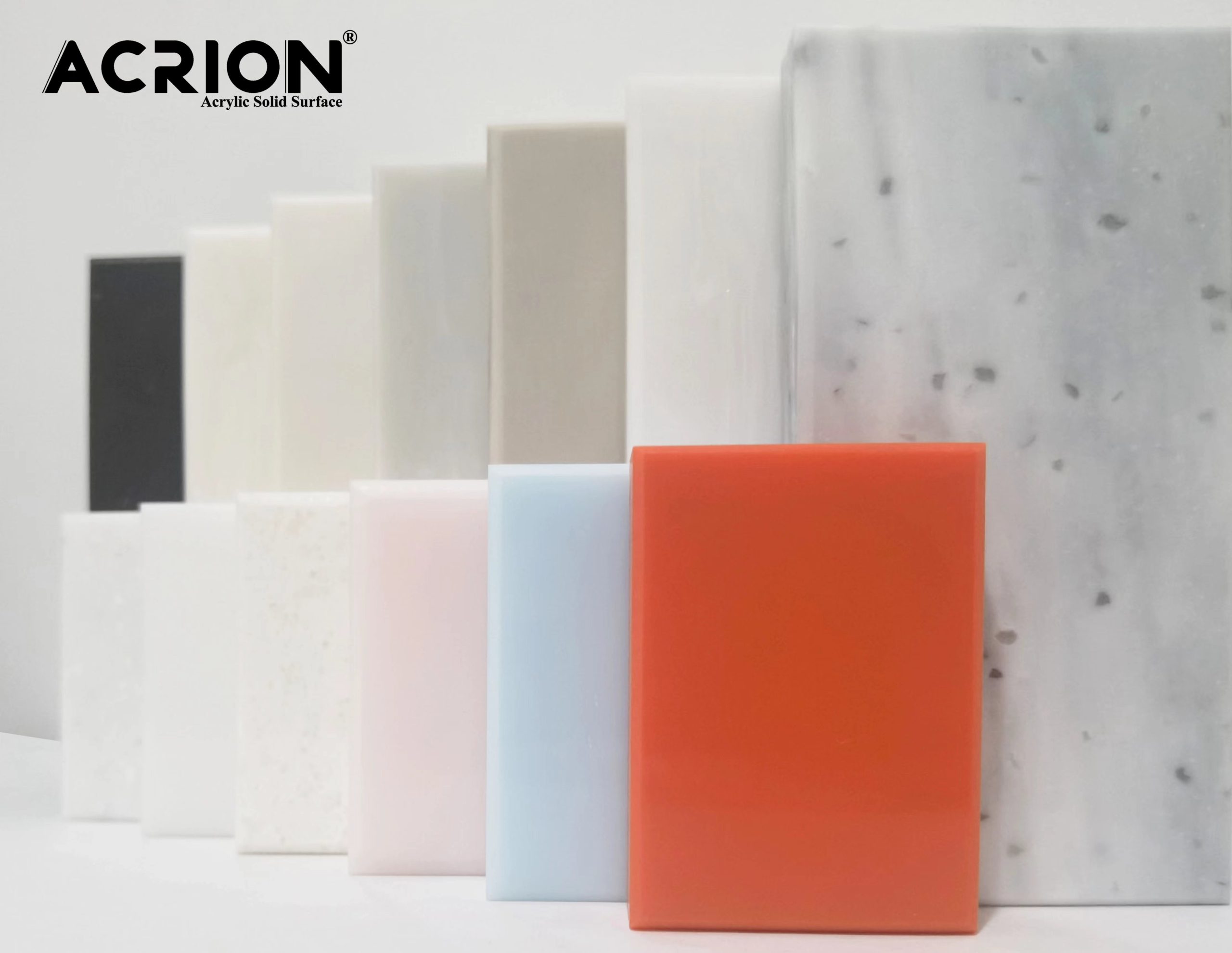The level adjustment of the Kolinai countertop installation needs to be combined with four links: tool detection, support optimization, gluing control and dynamic monitoring to ensure that the final error is less than 1mm/m. The following are the specific operations and key points:
First, initial levelness detection and positioning
Tool selection and benchmark establishment
Use a laser level (with an accuracy of ±0.3mm/m) to mark a horizontal reference line on the top of the cabinet, covering the entire length of the installation area on the countertop.
Mark the reference height of the key points on the edge of the cabinet (such as the four corners and the middle support positions) to ensure that subsequent adjustments are based on evidence.
Recheck the flatness of the cabinet body
If the cabinet is tilted (such as when the wall is not vertical causing the cabinet to tilt), it needs to be adjusted by leveling the feet or using shims.
Example: If the left end of the cabinet is 1mm higher and the right end is 2mm lower, a 3mm gasket needs to be added to the bottom of the right end to restore the overall level of the cabinet.
Second, dynamic adjustment of the supporting structure
Optimization of the thickness of silicone pads/rubber strips
Lay an elastic support layer (with a thickness of 3-5mm) on the top of the cabinet, and fine-tune the levelness by increasing or decreasing the thickness of the cushion layer.
Tip: If a certain end of the countertop is 0.5mm lower, a 0.5mm thick rubber strip can be added at the corresponding support position to achieve precise compensation.
Height calibration of the middle support frame
For long countertops, a support frame should be added in the middle, and the height of the support frame must be exactly the same as the edge of the cabinet.
Adjustment method: Use an adjustable height support frame and adjust the height of the support surface by rotating the screws. The error should be less than 0.1mm.
Third, control of the levelness during the gluing process
Glue application and pressurization strategy
The glue should be evenly applied to the contact surface between the countertop and the cabinet, and the amount applied should be moderate (to avoid overflow or insufficiency).
When applying pressure, use evenly distributed heavy objects (such as sandbags) to avoid excessive pressure on one side causing the table surface to tilt.
Dynamic monitoring during curing
During the curing process of the glue, a laser level should be used to check the levelness every two hours. If any deviation is found, the support structure should be adjusted immediately.
Key point: During the initial curing period (the first 4 hours), the countertop is prone to shift, so the monitoring frequency needs to be increased.
Fourth, inspection and correction of the levelness after curing
Final levelness detection
After the glue has completely cured (usually within 24 hours), use a steel ruler and a feeler gauge to measure the width of the gap between the edge of the countertop and the edge of the cabinet.
Acceptance criteria: The gap width should be uniform and consistent, with an error of less than 1mm. There is no obvious sense of inclination on the countertop surface.
Local correction method
If a certain end of the countertop is 0.3mm high, it can be corrected by grinding the bottom of the countertop or reducing the thickness of the corresponding support position cushion layer.
Note: The amount of grinding must be strictly controlled (no more than 0.1mm each time) to avoid insufficient thickness of the tabletop due to excessive grinding.
Fifth, Common Problems and Countermeasures
The countertop is tilted as a whole.
Reason: Uneven support of the cabinet body or external force interference during the curing of the glue.
Solution: Remove the countertop, readjust the cabinet support structure and apply pressure to solidify it.
The countertop is partially dented.
Reason: Insufficient height of the support frame or uneven application of glue.
Solution: Add a support frame or apply additional glue, and then re-apply pressure for curing.
The gap between the countertop and the cabinet body is uneven
Reason: The edges of the cabinet are uneven or the countertop was not aligned during installation.
Solution: Adjust the cabinet’s leveling feet or reinstall the countertop to ensure even gaps.
Sixth, long-term stability maintenance
Regular inspection
Use a laser level to check the levelness of the countertop every six months, with a focus on inspecting the middle support area and the edge of the basin.
Environmental adaptability adjustment
If the environmental temperature and humidity change significantly (such as being dry in winter and humid in summer), it is necessary to check whether the gap between the countertop and the cabinet body has changed due to expansion/contraction.
